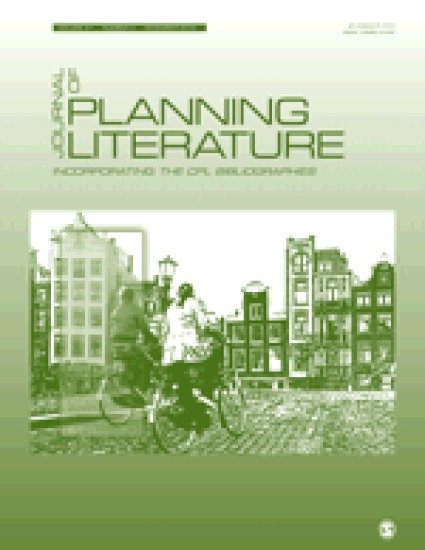
Article
Can Carpooling Clear the Road and Clean the Air? Evidence from the Literature on the Impact of HOV Lanes on VMT and Air Pollution
Journal of Planning Literature
(2012)
Abstract
Proponents of High Occupancy Vehicle (HOV) lanes claim the lanes reduce vehicle-trips by encouraging more people to carpool, but the evidence is mixed. This article reviews studies on the impacts of HOV lanes with a focus on behavioral models. This research makes a case for performance measures with direct welfare, congestion, or air pollution effects and focuses on papers that explicitly model carpool formation and allow for induced demand. Papers on individual regions find that HOV lanes may increase or decrease welfare, while more general papers find that the impact of HOV lanes depends on underlying parameters. The Clean Air Act assumes that HOV lanes reduce traffic volume and improve air quality and recommends HOV lanes to areas with poor air quality. This research finds there is no consensus on HOV lane impacts and, that using HOV lanes as a travel control measure may be misguided, but that further research is warranted.
Keywords
- Travel demand management,
- Traffic control measures,
- High occupancy vehicle lanes,
- Carpooling,
- Transportation economics
Disciplines
Publication Date
November, 2012
Publisher Statement
Copyright © 2015 by SAGE Publications DOI: 10.1177/0885412212451028
Citation Information
Sharon Shewmake. "Can Carpooling Clear the Road and Clean the Air? Evidence from the Literature on the Impact of HOV Lanes on VMT and Air Pollution" Journal of Planning Literature Vol. 27 Iss. 4 (2012) Available at: http://works.bepress.com/sharon_shewmake/9/
